Once upon a time in America, Carroll Shelby was a guy from Texas who had farmed some and was pretty quick behind the wheel of a sports car. That was before the Shelby Cobra even existed and long before it became an automotive icon. Shelby was part of the Aston Martin works team in 1959 and shared a win at LeMans with Roy Salvadori to helped Aston Martin to win the World Championship for Sports Cars. At least partly because of a serious heart condition, in 1960 Shelby retired from competition. He also became a Goodyear race tire distributor and opened a competition driving school. But Carroll Shelby had bigger ideas that revolved around becoming an automobile manufacturer. Meanwhile, Shelby was very aware of a British sports car known as the A.C. Ace. Originally designed by race car constructor John Tojeiro, A.C. had taken up production of the independently-sprung, all-aluminum sports car. Unfortunately for A.C. the company’s own straight-six was outdated and the more potent Bristol engine was about to cease production. Taking the initiative, Shelby wrote company owners Charles and Derek Hurlock and suggested using a small and light American V-8. Both the Hurlock’s and Ford were interested and before long Shelby’s Southern California shop was fitting a 260 cid Ford V-8 into the light weight A.C. Ace. The resulting car was brutally fast. Weighing right around 2,000 pounds, it was capable of running from a stop to 60 mph in about four seconds. No other car of the day could top that; not Ferrari, not Maserati, not Aston Martin. The Ford V-8 was set well back in the tubular chassis. As was the case with the earlier Ace, transverse leaf springs were used for the independent suspension front and rear. Bishop cam steering gear was retained and disc brakes were used behind all four of the 15-inch wire wheels. When first produced in 1962, the Ford engine displaced 260 cubic inches and generated 260 horsepower. The following year, the 271 cid, 289 cid version of the engine was used. That same year, more responsive rack-and-pinion steering was introduced. Almost immediately, the Cobra, as Shelby called his new sports car, took to the race track. Even stock, the power to weight ration was impressive and a stock 1962 Corvette weighed about 1,000 pounds more and was saddled with a live rear axle and drum brakes. With drivers like Dave MacDonald, Ken Miles, Lew Spencer and Bob Holbert, the Cobras were extremely successful. Even the new Corvette Sting Rays were at a disadvantage at most tracks. Although the later 427 Cobras offered a redesigned coil spring chassis and the brute force of a big block Ford engine, to many, the 289 is the quintessential Cobra. With discretely rolled fender arches and more delicate lines, it’s the Olympic gymnast to the 427’s power lifter’s physique. It is also much more closely related to the sublime A.C. Ace and Ace Bristol. Built in 1964, according to the Shelby Registry CSX2423 was invoiced to Shelby American on April 27, 1964 and shipped to Los Angeles “aboard the SS Dintledyk.” It was invoiced to Hughson Ford Sales of San Francisco on July 15, 1965. The base price was $5,195, but by the time white wall tires, luggage rack, antifreeze, outside mirror, radio and antenna, and freight were added, the car cost $5,613.75. Presumed to have been sold new in Northern California, the first known owner was William J. Sline of Geneva, New York. Sline is believed to have crashed the car at a Hillclimb in Geneva during 1972. When he advertised it for sale in November 1972, the front end was damaged and burned. But, it also included “Halibrands and much more.” Subsequently acquired by Don Spillaine of Cobra Performance in Pacheco, California, it was partially stripped and sold to Pennsylvania Jack Strause, who intended to restore 2423. He sold the unfinished car to fellow Pennsylvania resident Joseph Rodman, who “gave the car a quick rebuild and sold it.” In about 1990, the vendor acquired the car and found that local Calif
Once upon a time in America, Carroll Shelby was a guy from Texas who had farmed some and was pretty quick behind the wheel of a sports car. That was before the Shelby Cobra even existed and long before it became an automotive icon. Shelby was part of the Aston Martin works team in 1959 and shared a win at LeMans with Roy Salvadori to helped Aston Martin to win the World Championship for Sports Cars. At least partly because of a serious heart condition, in 1960 Shelby retired from competition. He also became a Goodyear race tire distributor and opened a competition driving school. But Carroll Shelby had bigger ideas that revolved around becoming an automobile manufacturer. Meanwhile, Shelby was very aware of a British sports car known as the A.C. Ace. Originally designed by race car constructor John Tojeiro, A.C. had taken up production of the independently-sprung, all-aluminum sports car. Unfortunately for A.C. the company’s own straight-six was outdated and the more potent Bristol engine was about to cease production. Taking the initiative, Shelby wrote company owners Charles and Derek Hurlock and suggested using a small and light American V-8. Both the Hurlock’s and Ford were interested and before long Shelby’s Southern California shop was fitting a 260 cid Ford V-8 into the light weight A.C. Ace. The resulting car was brutally fast. Weighing right around 2,000 pounds, it was capable of running from a stop to 60 mph in about four seconds. No other car of the day could top that; not Ferrari, not Maserati, not Aston Martin. The Ford V-8 was set well back in the tubular chassis. As was the case with the earlier Ace, transverse leaf springs were used for the independent suspension front and rear. Bishop cam steering gear was retained and disc brakes were used behind all four of the 15-inch wire wheels. When first produced in 1962, the Ford engine displaced 260 cubic inches and generated 260 horsepower. The following year, the 271 cid, 289 cid version of the engine was used. That same year, more responsive rack-and-pinion steering was introduced. Almost immediately, the Cobra, as Shelby called his new sports car, took to the race track. Even stock, the power to weight ration was impressive and a stock 1962 Corvette weighed about 1,000 pounds more and was saddled with a live rear axle and drum brakes. With drivers like Dave MacDonald, Ken Miles, Lew Spencer and Bob Holbert, the Cobras were extremely successful. Even the new Corvette Sting Rays were at a disadvantage at most tracks. Although the later 427 Cobras offered a redesigned coil spring chassis and the brute force of a big block Ford engine, to many, the 289 is the quintessential Cobra. With discretely rolled fender arches and more delicate lines, it’s the Olympic gymnast to the 427’s power lifter’s physique. It is also much more closely related to the sublime A.C. Ace and Ace Bristol. Built in 1964, according to the Shelby Registry CSX2423 was invoiced to Shelby American on April 27, 1964 and shipped to Los Angeles “aboard the SS Dintledyk.” It was invoiced to Hughson Ford Sales of San Francisco on July 15, 1965. The base price was $5,195, but by the time white wall tires, luggage rack, antifreeze, outside mirror, radio and antenna, and freight were added, the car cost $5,613.75. Presumed to have been sold new in Northern California, the first known owner was William J. Sline of Geneva, New York. Sline is believed to have crashed the car at a Hillclimb in Geneva during 1972. When he advertised it for sale in November 1972, the front end was damaged and burned. But, it also included “Halibrands and much more.” Subsequently acquired by Don Spillaine of Cobra Performance in Pacheco, California, it was partially stripped and sold to Pennsylvania Jack Strause, who intended to restore 2423. He sold the unfinished car to fellow Pennsylvania resident Joseph Rodman, who “gave the car a quick rebuild and sold it.” In about 1990, the vendor acquired the car and found that local Calif

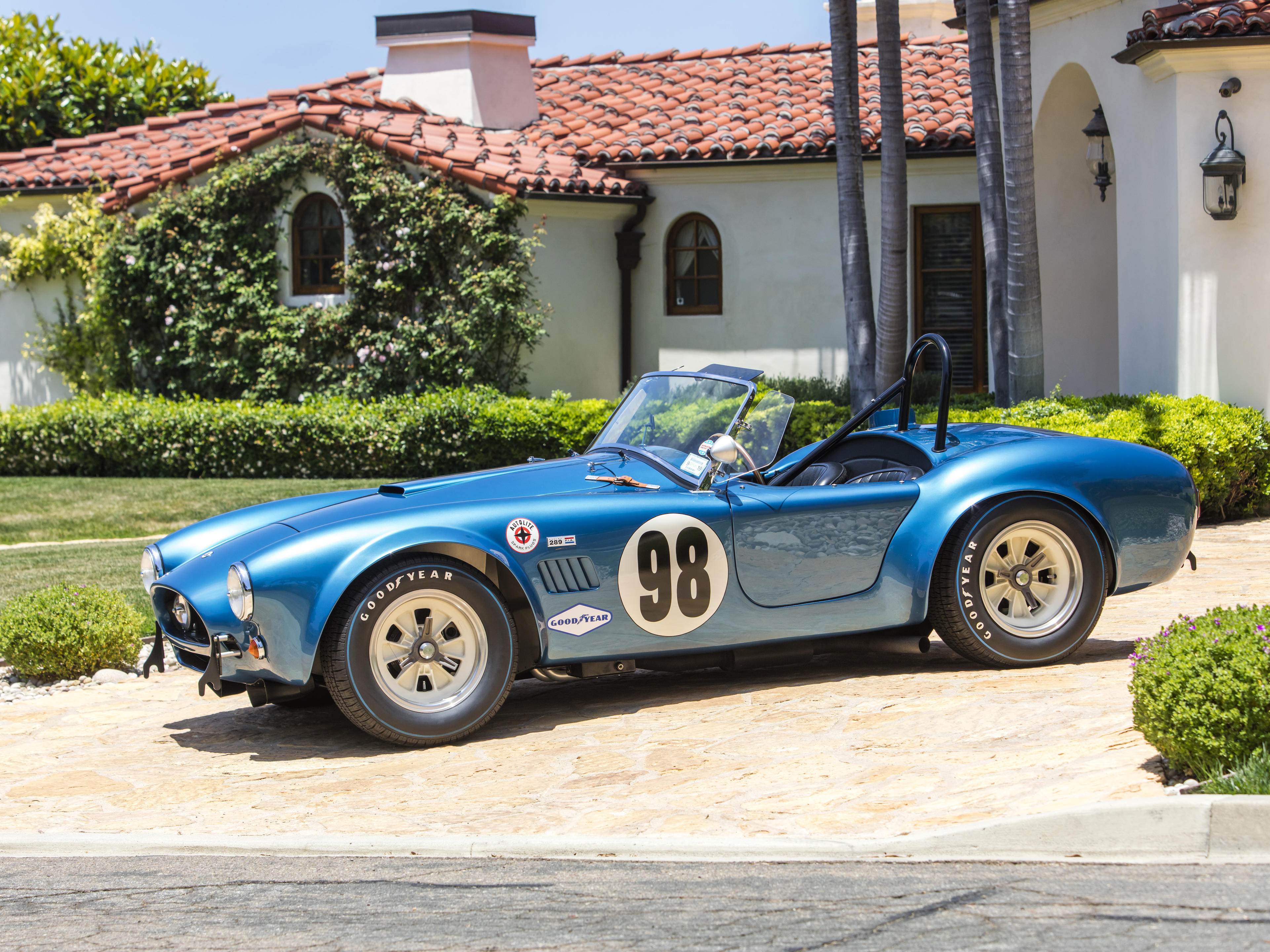
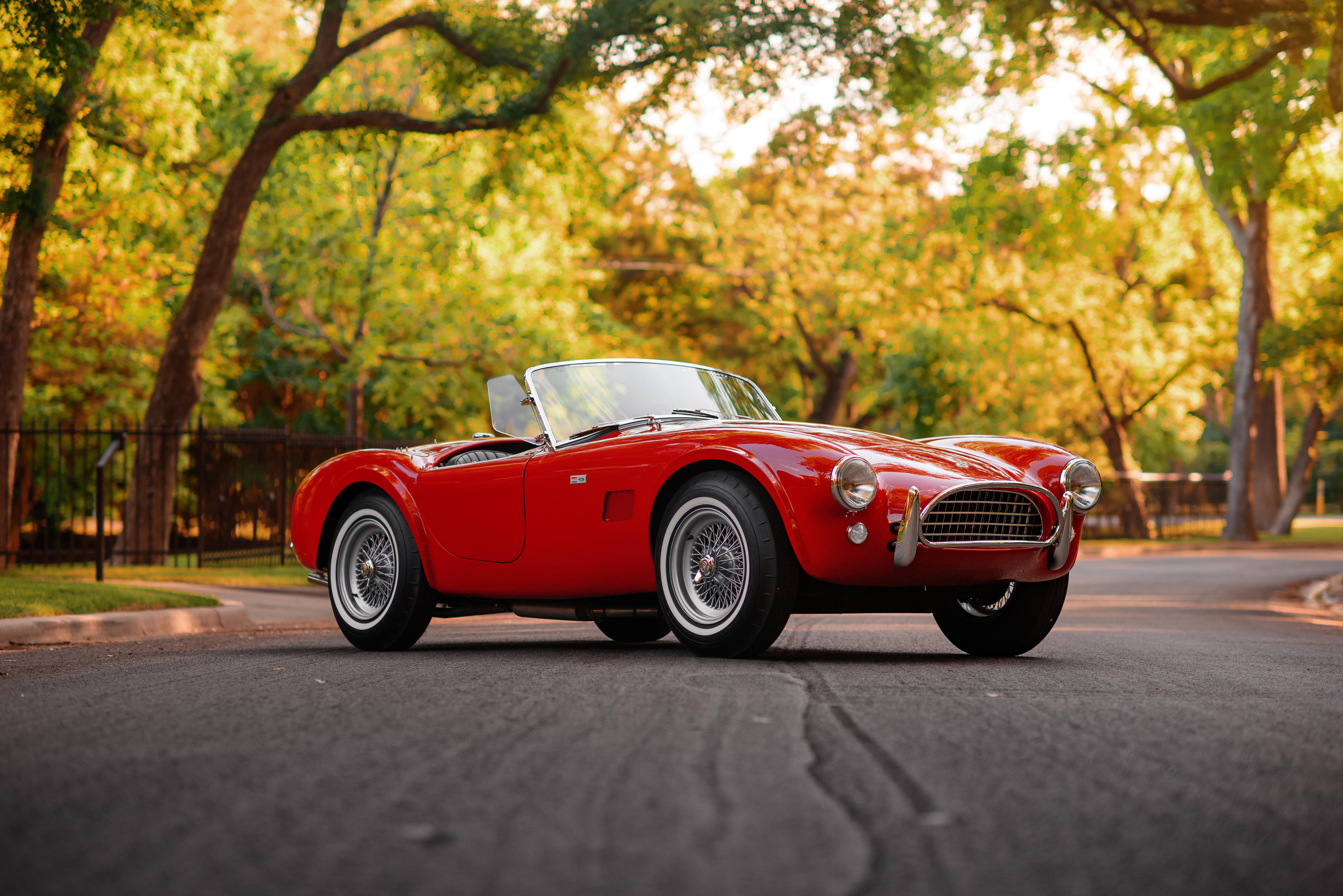

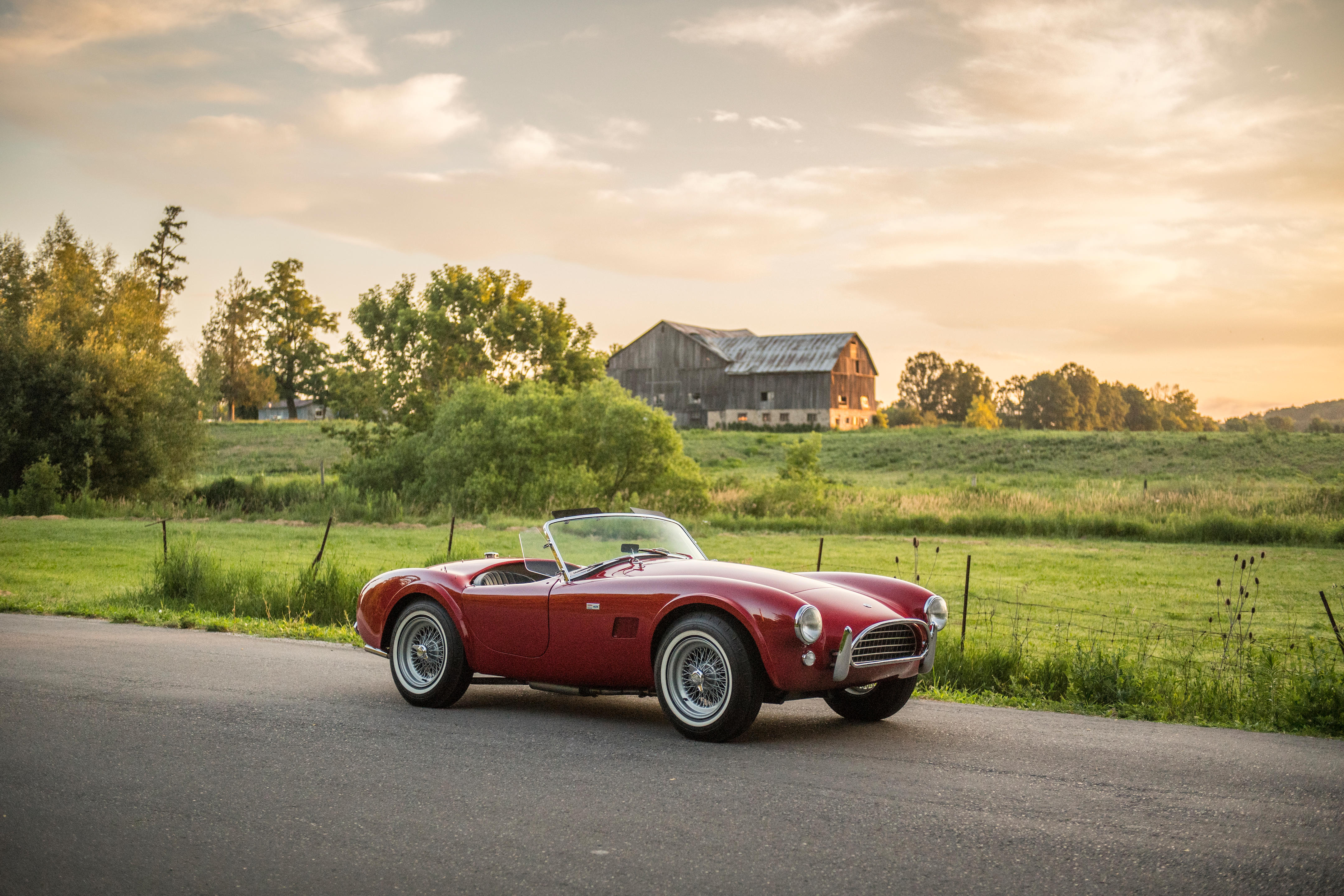
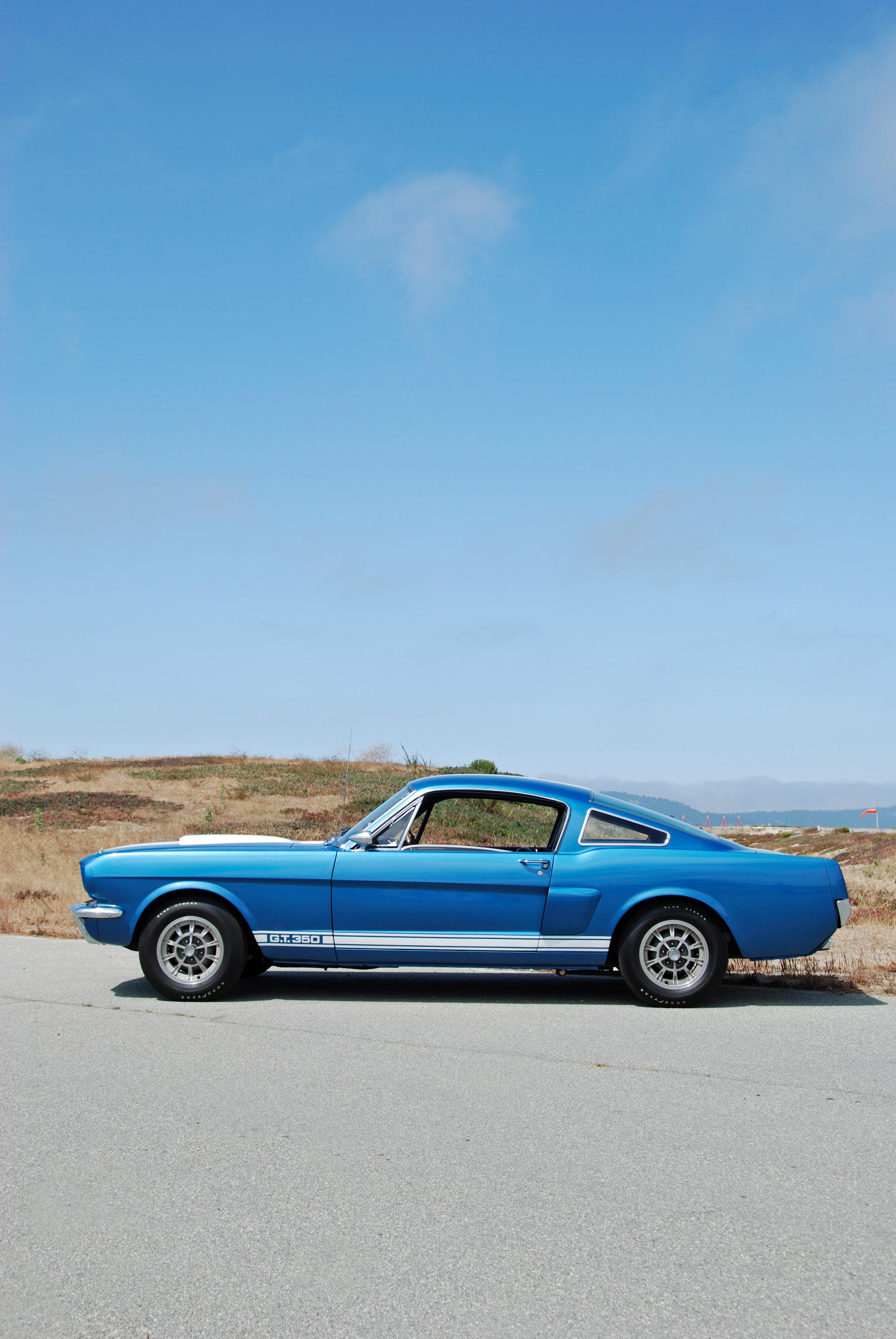
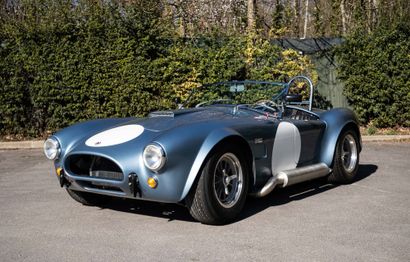
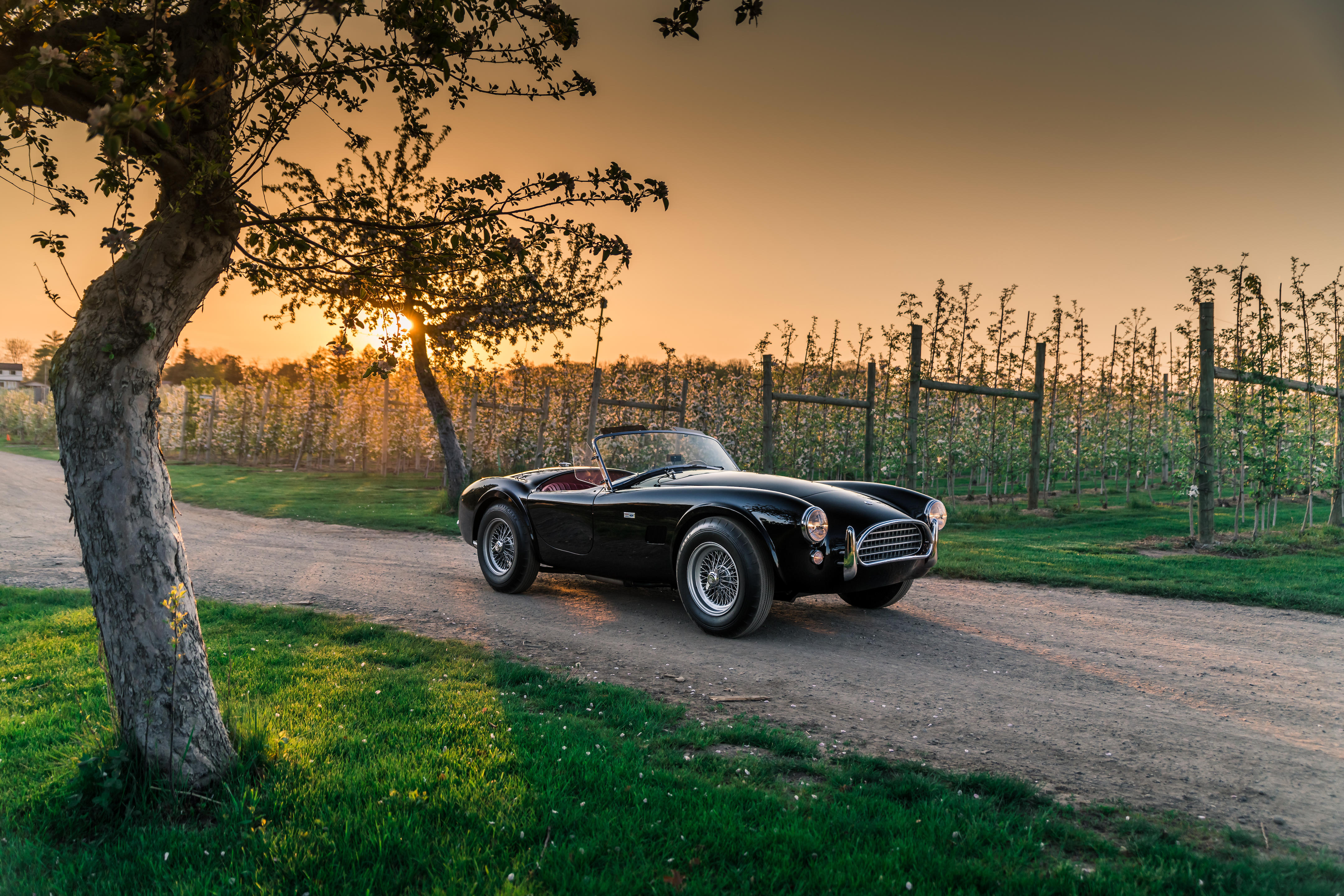


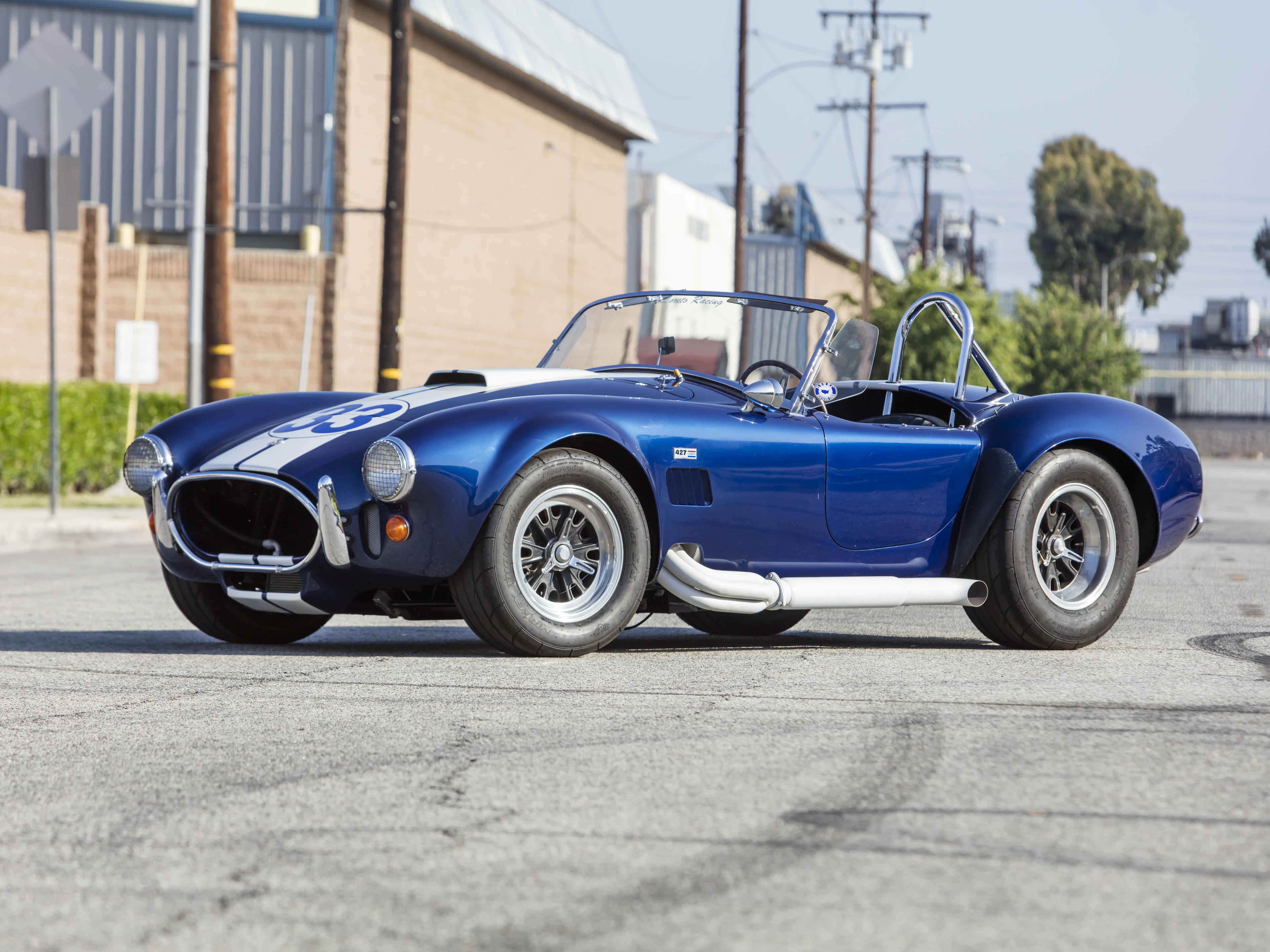


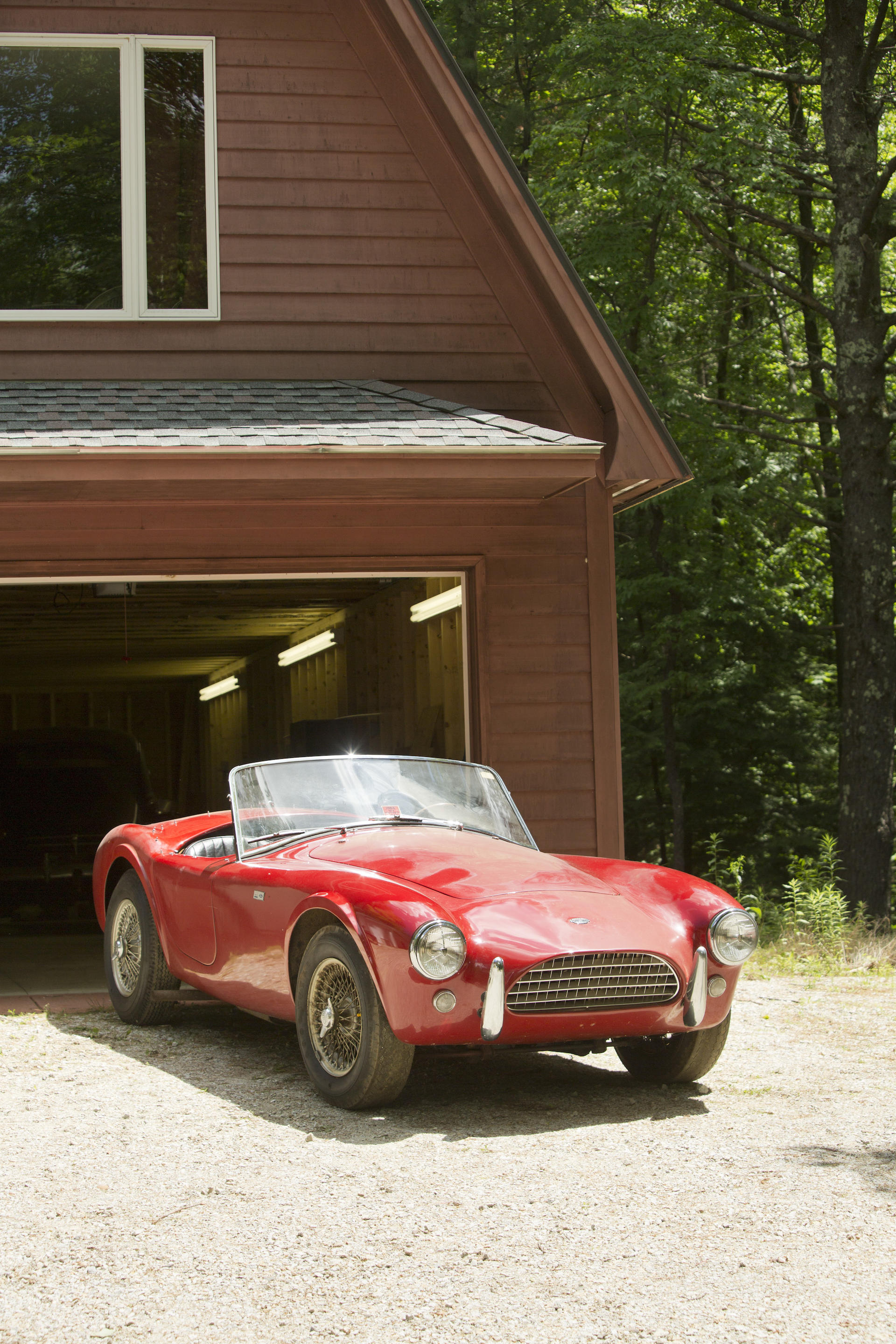

Testen Sie LotSearch und seine Premium-Features 7 Tage - ohne Kosten!
Lassen Sie sich automatisch über neue Objekte in kommenden Auktionen benachrichtigen.
Suchauftrag anlegen